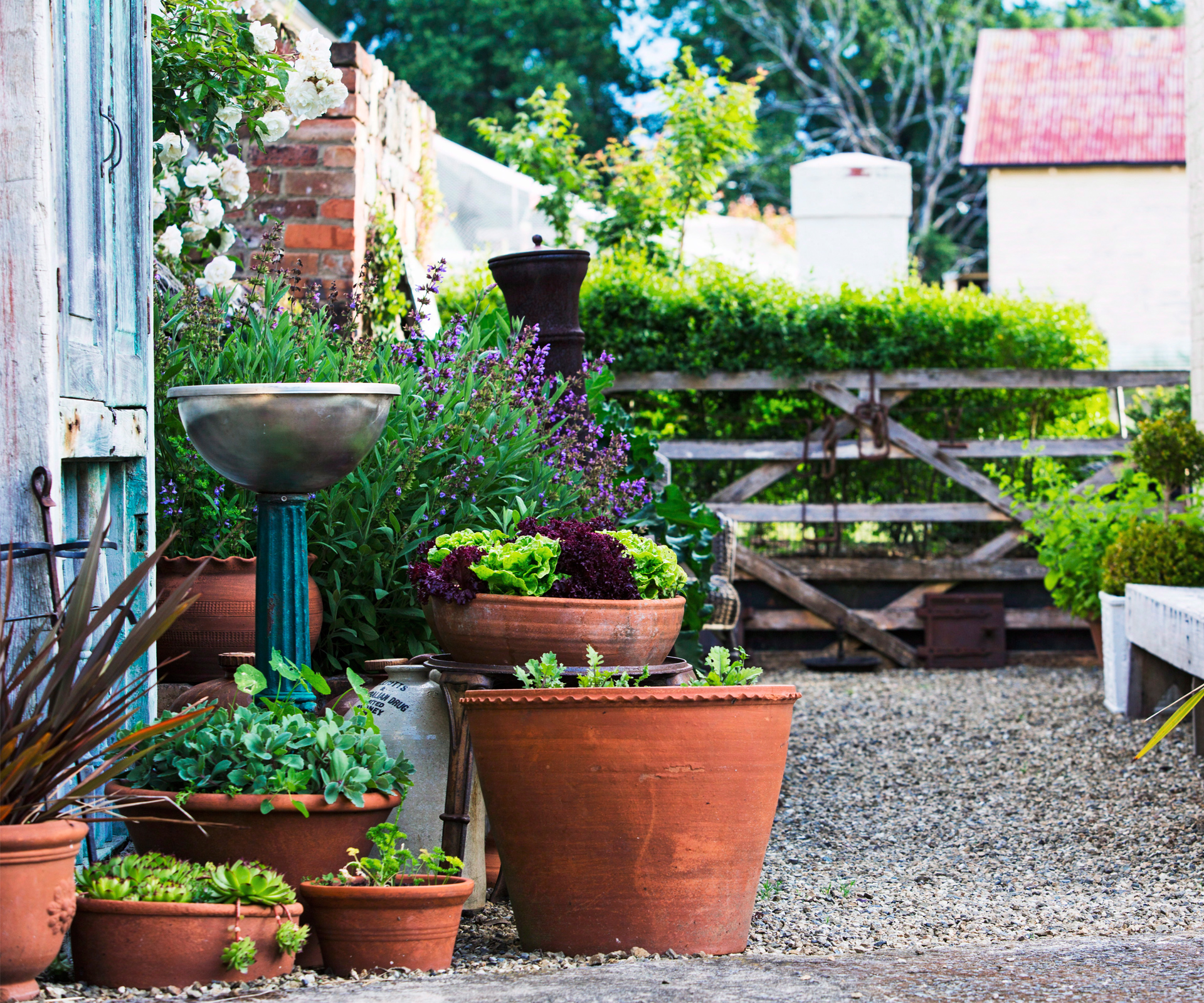BBQ season is in full swing, so keep planting lettuces and mesculin for on-demand salads. Plus it’s time to start some home-grown prep for Christmas
Here’s what to plant, harvest and sow in the garden this November
+ You’ll need plenty of salad greens now that barbecue season is in full swing. Keep planting lettuces and mesclun mixes into fertile, well-drained soil for on-demand salads.
+ Plant out your sweetcorn seedlings in blocks, not rows. This will give you better pollination rates as sweetcorn is wind pollinated.
+ Plant or sow green beans (dwarf or runner) in a warm, sheltered spot where soil temperatures are above 15°C. Good drainage and plenty of moisture are essential.
+ Get those tomato plants in the ground, ideally into well-drained, deep, loamy soil, but only if there are no frosts likely at your place. Seedlings should have developed at least one flower truss before going into the garden. Too early and tomatoes won’t thrive, nor will they produce a decent crop. Feed with a tomato fertiliser once fruit starts to set, ideally every two weeks.
+ If space is tight for planting pumpkin or butternut squash, try positioning near a fence, wall or even the frame of a swing so they can climb upwards rather than outwards. Soil should be well drained, fertile and rich in organic matter. Water well during summer.
Here’s what you should be harvesting in November
+ Pick nutrient-rich microgreen seedlings when they have two sets of leaves. Snip them off with scissors and add to salads, stir-fries, omelettes, fish and meat dishes, vege smoothies or simply use as garnishes.
+ Try to pick lettuces, salad greens, spinach and other leafy greens in the morning when their leaves are full of water. The more regularly you harvest these veges, the more leaves they will produce. But don’t go overboard and denude the plant or you’ll slow its growth completely – or worse, kill it.
+ Bok choy and other Asian greens are ready to harvest 5-10 weeks from sowing, depending on the variety. For tasty leaves, try and pick before they start to flower, although if you want to sow more seed, let the odd plant flower.
+ Beetroot can be harvested about 9-10 weeks after sowing, with the small roots being much tastier than the large ones, which can turn woody and dry. Cut off the leafy tops before storing in the fridge.
+ Pick courgettes when young and small for the best flavour. Think about making stuffed or fried courgette flowers if you have a surplus of this delicious vege this summer. Courgettes are a good source of vitamin C, folate and potassium.
+ As you finish picking asparagus, give it a light feed. Make sure beds are kept moist and weed free over summer so plants will gain strength for next year’s crop.

These are the vegetables to sow in November
+ Courgettes are a varied species that come in all shapes and sizes, as does their relative, the rounder scallopini. Sow seed for both around 2cm deep directly into the garden or containers. Choose a sunny spot and repeat sow every four weeks if you love this versatile vege. If plants develop mildew, pull them out and wait 2-3 weeks for spores to die before replanting.
+ Quick and easy to grow, radishes add a delicious crunch to summer salads. Seed can be sown directly into the garden between rows of slower crops or even in pots. A sprinkle of seed every few weeks gives a succession of crops. Try a coloured variety such as purple plum (kingsseeds.co.nz). Radish seed can also be sown into containers or trays as a microgreen.
+ Coriander can bolt (flower and produce seed) in warm weather so sow seed in a partly shaded spot. Growing coriander in pots means you can move them to shade but you’ll have to water container plants more regularly.
+ Sow carrot seed directly into the garden (or planters), as they’re hard to transplant. Mix organic matter such as poultry manure, blood and bone and compost into soil a few weeks before. Make a shallow 1-2cm trench and sprinkle seed. Some people mix with fine sand to ensure seed spreads evenly, then cover with half a centimetre of soil. Keep moist, not wet, until seeds germinate (about 10-14 days).
+ Get the kids to sow sunflowers to attract bees, provide food for birds and chickens and, of course, to brighten up the garden.
Words by: Carol Bucknell.
EXPERT PROJECTS

Create the home of your dreams with Shop Your Home and Garden
SHOP NOW












